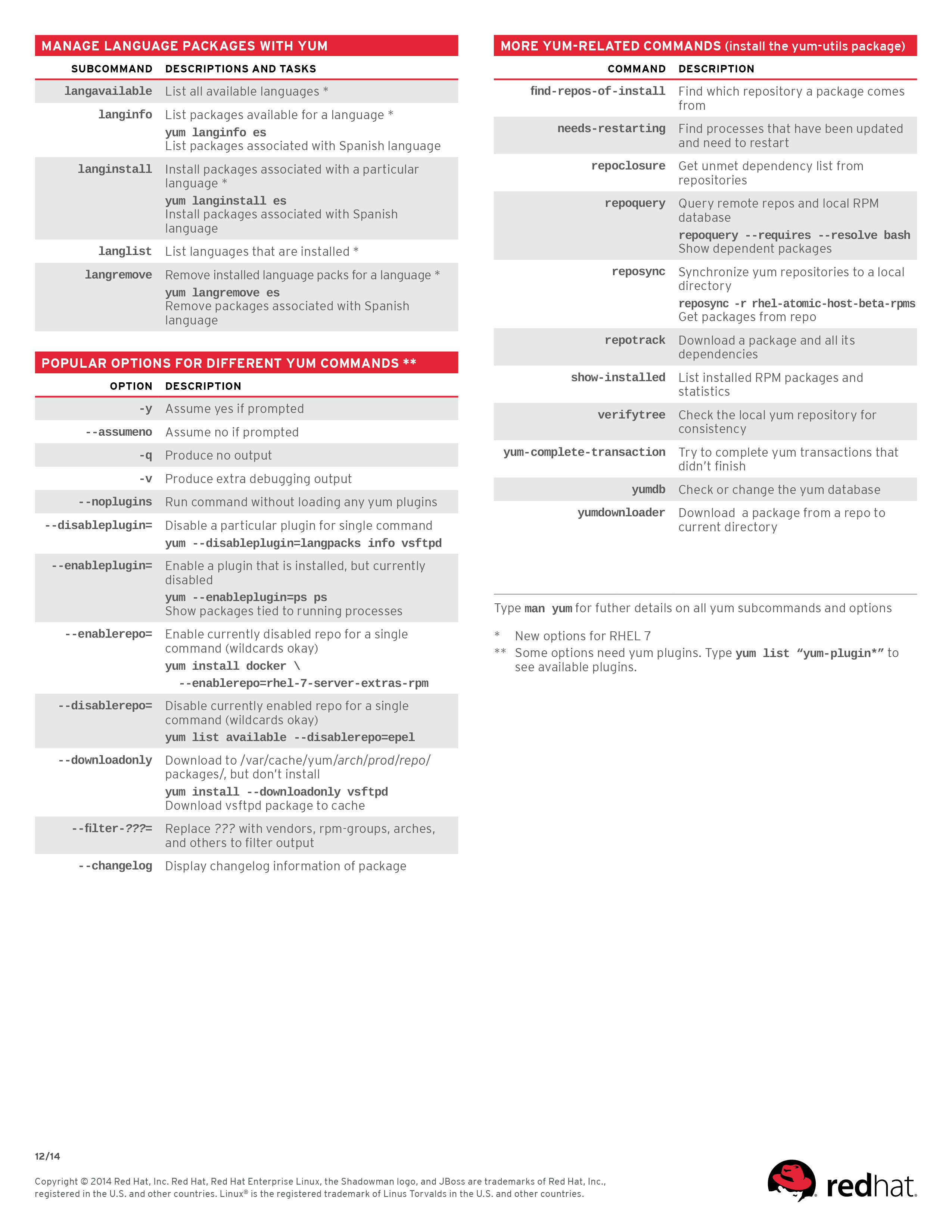

It also creates complex bugs when higher level version of some package is Yum's "intelligence" in performing updates is superior to most competitors (only smart comes close).īut often it is not enough.
GRSYNC YUM REDHAT UPDATE
Since RHEL5 Red Hat uses YUM as the default method for updating and installing RPM packages.Īutomatic software update can be done with either the yum-updatesd or the yum-updateonboot Parrale execution tool like cexec (tupically this is done for HPC clusters), or via some kind ofĬron or at script that picks up data from common NFS system or particular directory update by rsync. It this case it can be run from iether some Tested updates for multiple Linux servers or desktops. Therefore of a higher level, more convenient tool them rpm. But it can also do some not so basic operations. Like any package manages is can do basic this like to display the list of installed and availableįor installation RPMs, extract and publish information from the RPM headers based on keywords or globs,įind packages that provide particular files. To debug bugs, especially if you work over the proxy. Pretty complex and road to hell is paved with good intentions. Yum is a very powerful tool for working with RPM packages organized into repositories. There is also pup: graphical front-end for installing software updates, installed by default

There are also a couple of graphical frontends to yum:īy default in RHEL also the default Yum graphical front-end for Fedora. The latter was originally written and maintained by Dan Burcaw, Bryan Stillwell, Stephen Edie, and Troyīengegerdes of Yellowdog Linux (an RPM-based Linux distribution that runs on Macintoshes ). Yum is a rewrite in Python of its predecessor tool, ( YUM) was written at the Duke University department of Physics and is currently being maintainedīy Seth Vidal, who now works for Red Hat) and Michael Stenner, both of Duke University, as part of Duke Registering a server using Red Hat Subscription Manager (RHSM) (slightly skeptical) Educational society promoting " Back to basics" movement against IT overcomplexity Softpanorama May the source be with you, but remember the KISS principle -)


 0 kommentar(er)
0 kommentar(er)
